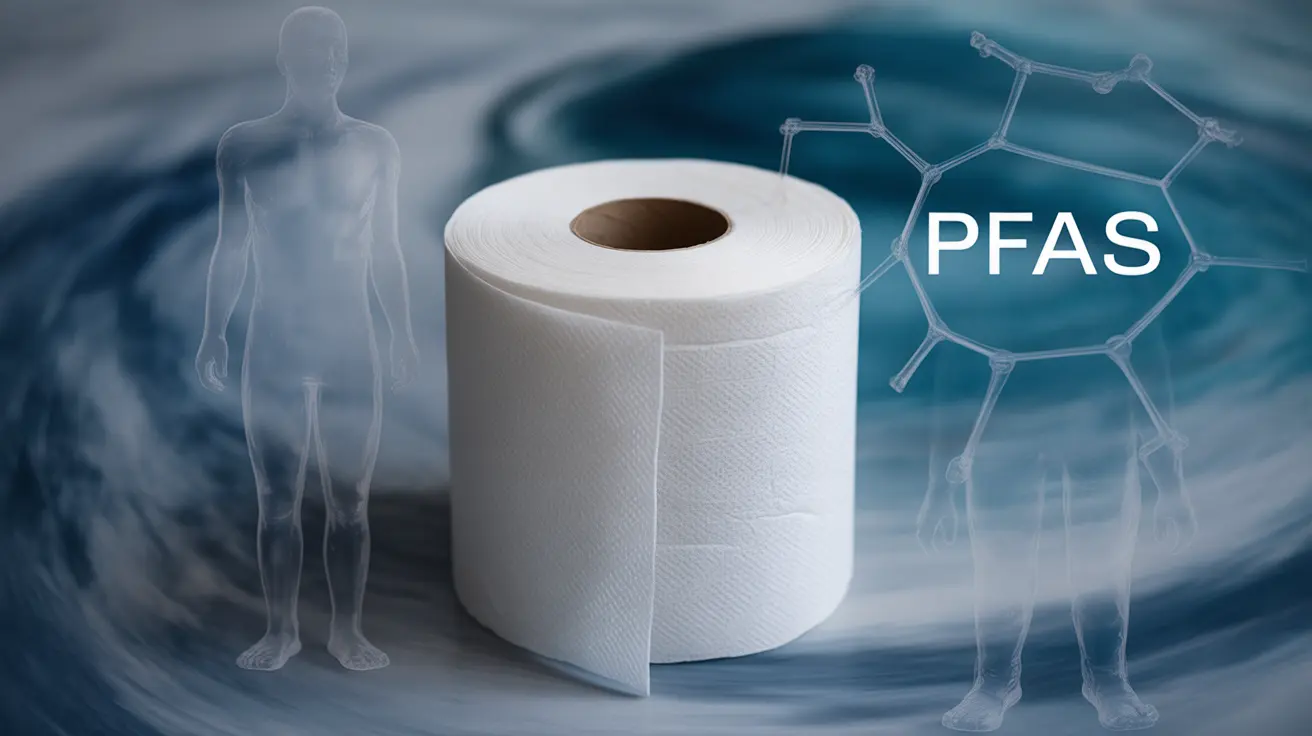Recent scientific research has raised concerns about the presence of PFAS (per- and polyfluoroalkyl substances) in everyday products, including toilet paper. These "forever chemicals" have gained attention due to their potential health impacts and their ability to persist in both the environment and human body. Understanding the connection between toilet paper and PFAS exposure is crucial for making informed decisions about personal care products.
This comprehensive guide examines the potential risks associated with PFAS in toilet paper, explores the scientific evidence behind these concerns, and offers practical solutions for minimizing exposure to these chemicals in daily life.
Understanding PFAS in Toilet Paper
PFAS chemicals can enter toilet paper through various manufacturing processes and treatments. These substances are sometimes used to enhance the product's strength and softness. However, their presence raises important questions about safety and environmental impact.
Research has shown that PFAS can be detected in varying amounts across different toilet paper brands and types. The chemicals may come from processing aids, contaminated water used in manufacturing, or other sources within the production chain.
How PFAS Enter the Human Body
PFAS exposure from toilet paper can occur through multiple routes:
- Direct skin contact during use
- Absorption through sensitive tissues
- Environmental exposure through contaminated water systems
- Indirect exposure through bioaccumulation in the food chain
Health Concerns and Scientific Evidence
While research is ongoing, scientists have identified several potential health risks associated with PFAS exposure. These chemicals have been linked to various health concerns, including:
- Certain types of cancer
- Liver damage
- Immune system disruption
- Hormonal imbalances
- Developmental issues
Environmental Impact
PFAS from toilet paper can contribute significantly to environmental contamination. When flushed, these chemicals enter wastewater systems and eventually make their way into:
- Water treatment facilities
- Natural waterways
- Soil through biosolids
- Agricultural systems
Safer Alternatives and Prevention Strategies
Consumers can take several steps to reduce their exposure to PFAS through toilet paper:
- Choose bamboo or recycled paper products
- Look for PFAS-free certifications
- Select products from manufacturers with transparent chemical policies
- Consider plastic-free packaging options
Making Informed Choices
When selecting toilet paper, consider these factors:
- Manufacturing processes
- Environmental certifications
- Company transparency about chemical use
- Third-party testing results
Frequently Asked Questions
Can using toilet paper expose me to cancer-causing PFAS chemicals?
Yes, toilet paper can potentially expose users to PFAS chemicals, though the level of exposure varies by product. While direct causation between toilet paper use and cancer hasn't been definitively established, PFAS exposure through multiple sources, including toilet paper, has been linked to increased cancer risks.
What health risks are associated with PFAS found in toilet paper?
PFAS exposure has been associated with various health concerns, including certain cancers, liver problems, immune system dysfunction, and hormonal disruptions. However, the specific risks from toilet paper exposure alone are still being studied.
How does PFAS from toilet paper contribute to environmental and human contamination?
PFAS from toilet paper enters wastewater systems when flushed, eventually contaminating water sources, soil, and the food chain. This creates a cycle of environmental and human exposure through multiple pathways.
Are there safer toilet paper options without PFAS to reduce cancer risk?
Yes, several alternatives are available, including bamboo-based products, recycled paper options, and brands specifically certified as PFAS-free. Looking for transparent manufacturers who explicitly state their products are free from these chemicals is recommended.
How can I reduce my exposure to PFAS chemicals from everyday products like toilet paper?
You can reduce PFAS exposure by choosing certified PFAS-free products, opting for natural alternatives, checking product certifications, and supporting manufacturers committed to eliminating these chemicals from their production processes.




